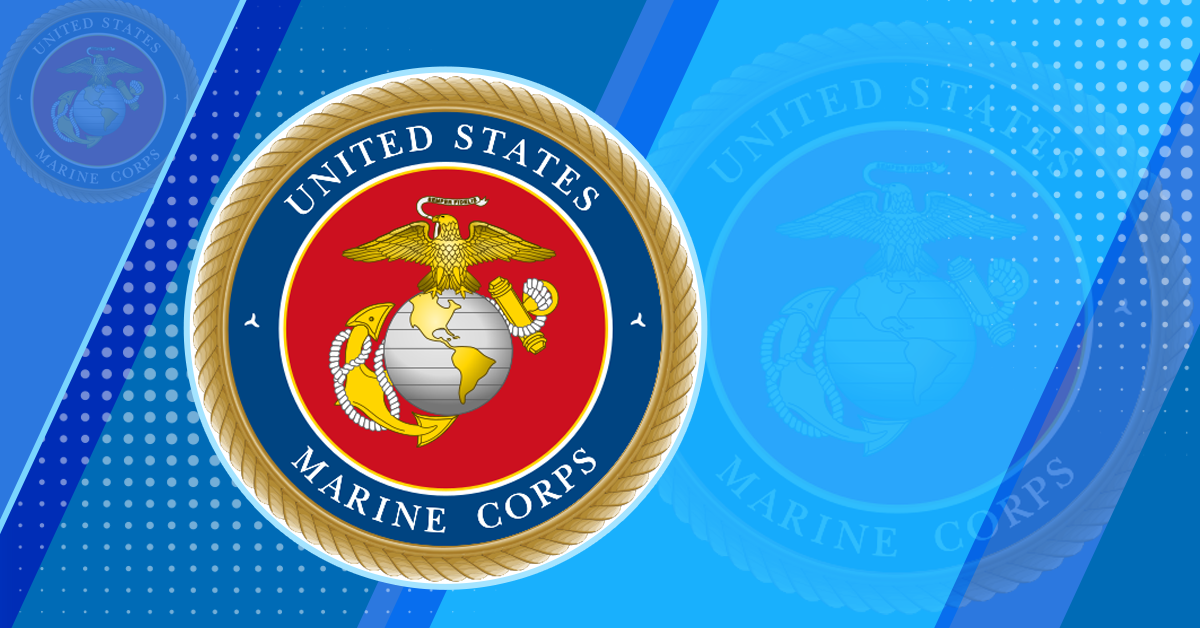The U.S. Marine Corps released a new update of its Force Design 2030 earlier this month that shifts the service’s main focus more toward sensing and reconnaissance, but not necessarily away from lethality.
“The security environment is characterized by proliferation of sophisticated sensors and precision weapons coupled with growing strategic competition,” wrote Gen. David Berger, commandant of the Marine Corps, in the Force Design 2030 update, noting the increased importance of the Marine Corps’ ability to counter these capabilities.
Learn more about the U.S. Navy’s and Marine Corps’ priorities, initiatives and updates during the Potomac Officers Club’s in-person 2022 Annual Navy Summit. Navy Secretary Carlos Del Toro is scheduled to keynote. Seats are limited — register today to save your spot!
Previous versions of the Force Design 2030 placed heavy emphasis on lethality, but Gen. Berger is now focused on sensing — and evading the sensors of — adversarial forces.
The document also outlines some of the Marine Corps’ investment priorities, which include amphibious warfare ships; expeditionary and seabasing support ships; logistics; sensors; lethality and kill web enhancements; talent management; and infrastructure.
Gen. Berger and Carlos Del Toro, secretary of the Navy, have recently spoken about the importance of amphibious ships to the Navy’s modernization and redesign efforts. “There is no other naval platform that provides more flexibility or the ability to operate in a greater diversity of mission sets than amphibious warfare ships,” Gen. Berger wrote in the Force Design update.
During a recent Modern Day Marine exposition, Gen. Berger said the service’s wargaming and experimentation efforts have demonstrated that the Marine Corps “can take advantage of the amphibious ship’s essential characteristics in new ways.”
Along the sensor investment, the new Force Design 2030 update envisions a future in which the Marine Corps’ Marine Littoral Regiments can use improved sensing capabilities to “gain and maintain custody of targets as a reconnaissance/counter-reconnaissance task and to assure their ability to deliver maritime fires, even when the larger sensor network is degraded or compromised.”

The Potomac Officers Club’s highly-anticipated 2022 Annual Navy Summit will be held this year at the Tysons Ritz-Carlton on June 2. Don’t miss hearing insights from top Navy and industry leaders at this informative event. Click here to register.






